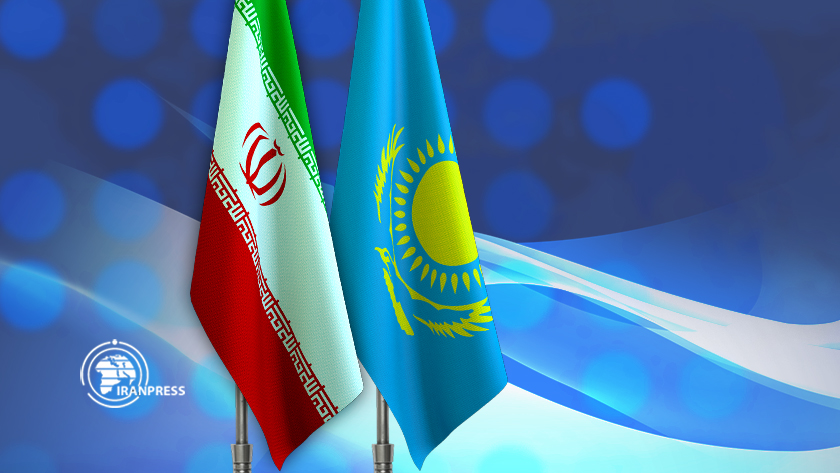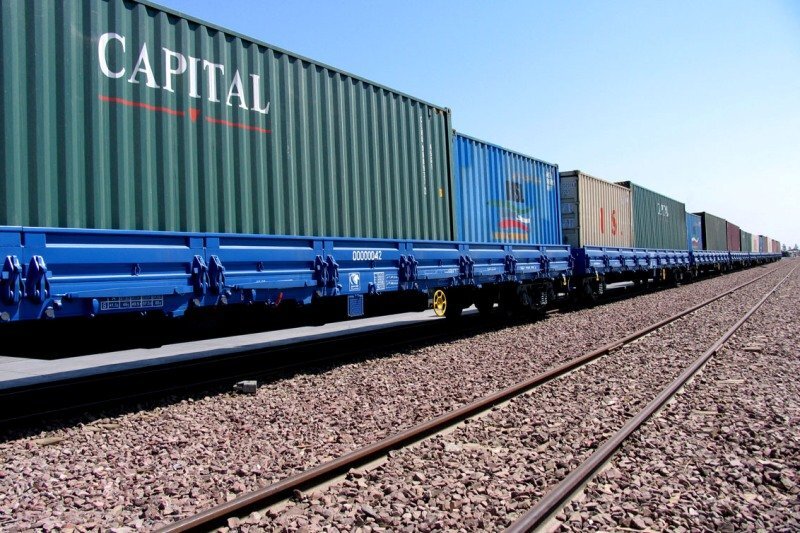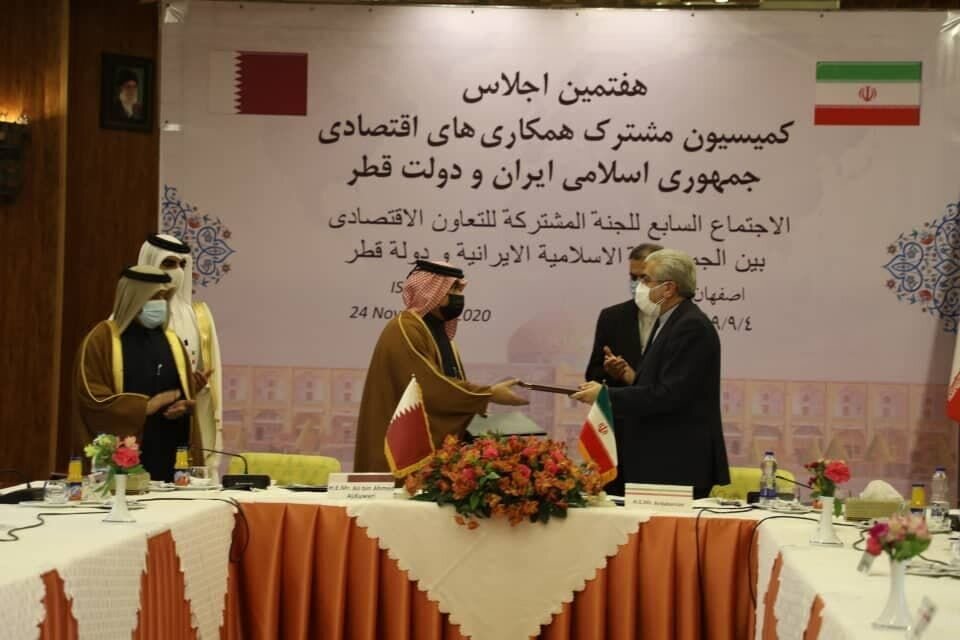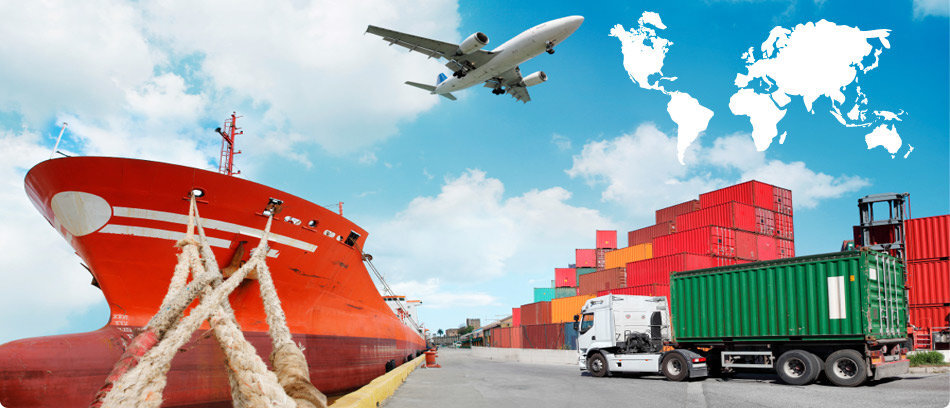By Anthony Di Paola on 11/27/2020
(Bloomberg) –BP said it will invest more money in Middle Eastern oil and natural-gas fields even as it transitions to renewable energy and tries to lower emissions.
The company is a major producer in countries such as Iraq, where it operates the world’s third-largest oil field of Rumaila, the United Arab Emirates and Oman. It’s focusing on their low-cost oil, while also boosting output of gas, according to Stephen Willis, BP’s senior vice president for the Middle East.
“We will continue to invest in these,” Willis said in a video interview from Oman, without specifying how much BP planned to spend. Deposits in Iraq, the UAE emirate of Abu Dhabi and Oman have “world-leading operating cost, capital cost and production efficiency performance.”
European oil majors are seeking greener sources of energy to combat climate change. BP, which is selling assets and cutting its dividend in response to oil’s coronavirus-triggered crash this year, is targeting a 40% decline in hydrocarbon production by 2030 and won’t explore for crude in any new countries.
In the Middle East, several countries are beginning to exploit renewable energy resources and focus more on gas, the production and burning of which emits less carbon than oil or coal.
Iraq, the second-largest oil producer in the Organization of Petroleum Exporting Countries, continues to flare large quantities of gas. BP is trying to help the Gulf country instead use it to generate power. Iraq’s oil minister has also asked BP to develop renewable energy.
Oil production at Rumaila in southern Iraq is slightly below 1.4 million barrels a day, Willis said. Output was cut to enable Iraq to comply with OPEC quotas agreed in April and for maintenance, he said. BP is working to ensure that the field, which pumped 1.47 million barrels daily in June, can raise production once the OPEC restrictions are eased.
Rumaila’s capacity would decline to 1 million to 1.2 million barrels a day without workers adding wells, maintaining pressure and separating out water, Willis said. BP and the Iraqi government don’t have a timeline for reaching the planned peak-production level of 2.1 million barrels a day, though the field’s capacity will probably be increased to 1.7 million barrels in the next several years, he said.
BP’s push in Iraq is happening as rival Exxon Mobil Corp. seeks to sell its stake in the country’s West Qurna 1 field, which could fetch at least $500 million, Bloomberg reported last week. Many Western firms have been put off by Iraq’s political instability.
Oman, UAE Push
BP can raise capacity more quickly in Oman, Willis said. The company will, depending on market demand, reach full capacity of 1.5 billion cubic feet per day by early next year from the gas fields of Khazzan and Ghazeer in Block 61, he said. It could add another 400 million cubic feet per day of output with further investment, he said.
In Abu Dhabi, BP is working with government-owned producer Adnoc to boost the capacity of onshore oil fields beyond 2 million barrels daily. BP holds a 10% stake in those fields.
It also aims to extract gas from the emirate’s Bad field, which mostly holds oil, this decade, Willis said.
BP’s third-largest region for production and reserves is Asia, which includes the Middle Eastern fields. Asia comes behind North America and Europe, which is the company’s most significant region in output terms due to a 20% stake in Russia’s Rosneft Oil Co.
Source: https://www.worldoil.com/news/2020/11/27/bp-investing-in-middle-east-oil-while-pledging-a-renewables-shift









